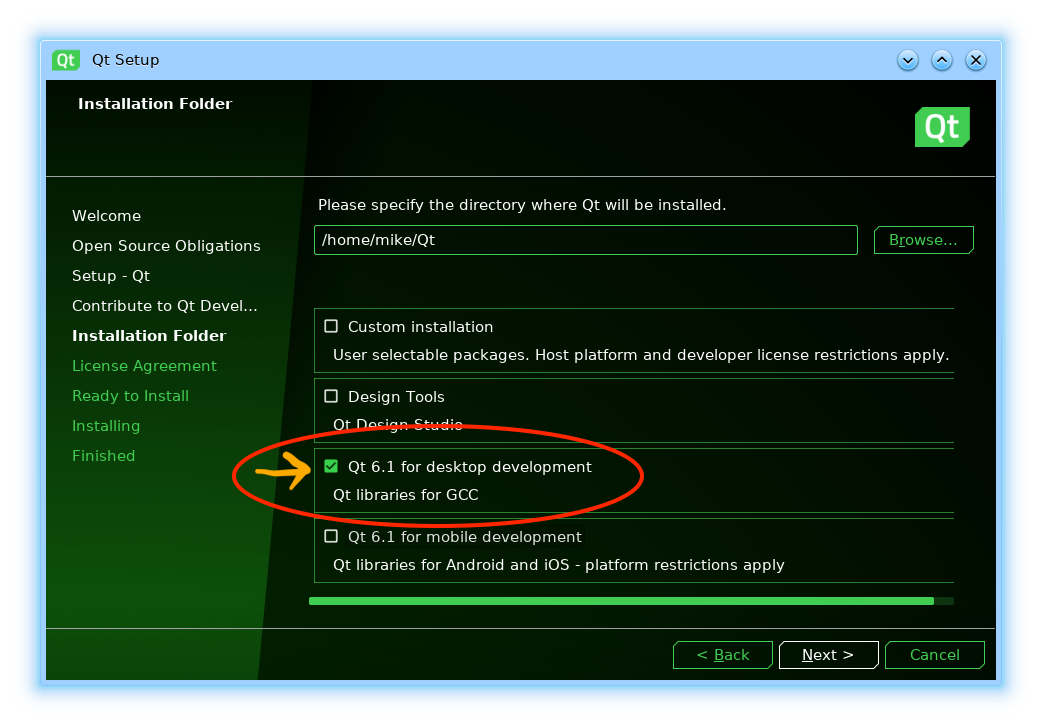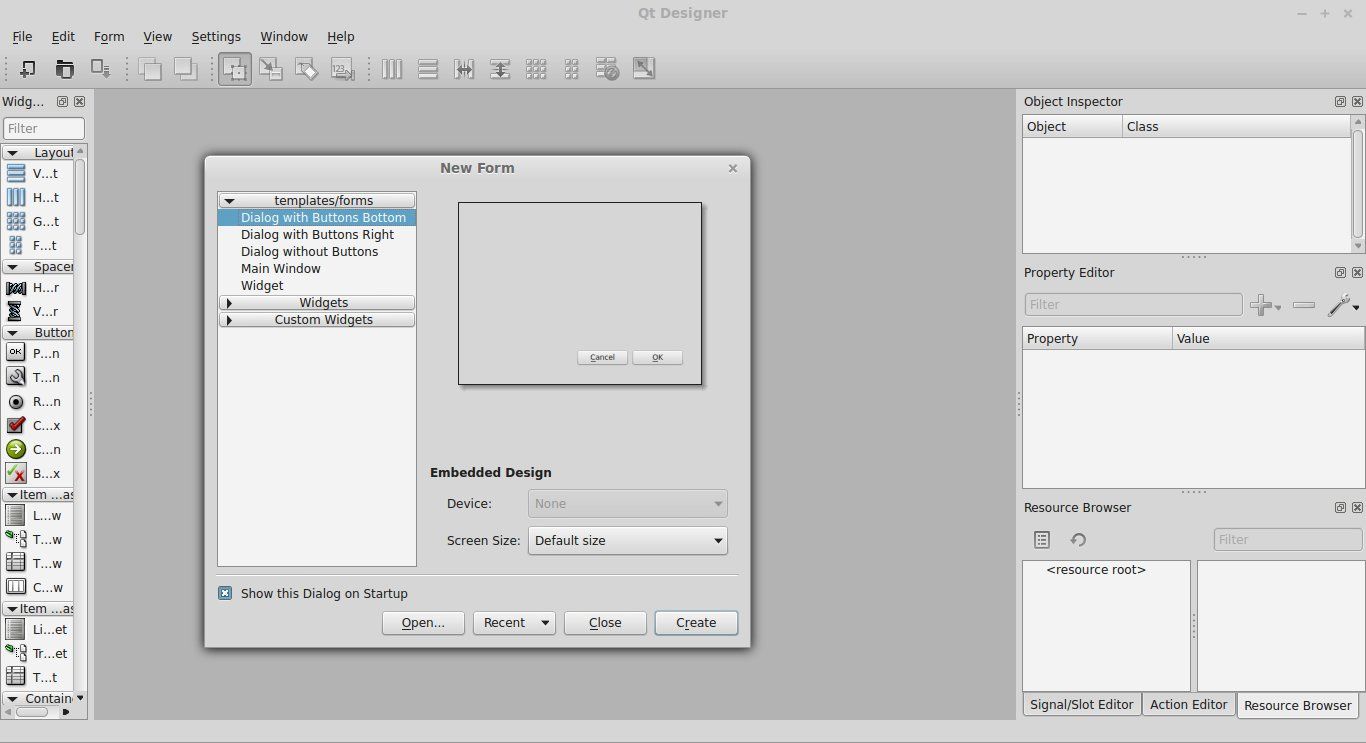

You can take the pretty-printers for Rust implemented in the IntelliJ Rust plugin as a reference.

To create custom pretty printers, follow the official instructions for LLDB or GDB. You can try KDevelop formatters for GDB, KDevelop formatters for LLDB, Lekensteyn's qt5printers (GDB), or create your own pretty-printers. These scripts are loaded on every invocation of GDB or LLDB, respectively. Make sure to set the Enable NatVis renderers for LLDB option in Settings | Build, Execution, Deployment | Debugger | Data Views | C/C++.įor example, copy qt5.natvis under your project root, and CLion will automatically detect and use it for rendering.įor non-MSVC toolchains, a solution would be to configure the Qt renderers via. lldbinit scripts or, in the case of MSVC, via native visualizers.ĬLion’s debugger for the MSVC toolchain can employ native visualizers if you have them in your project. However, for now, you need to set them manually either using the. You can use Qt type renderers, which are usually shipped with Qt tools, for your project in CLion. In this dialog, you can also specify CMake options, such as CMAKE_PREFIX_PATH instead of setting them in CMakeLists.txt: Qt projects are handled as regular CMake projects in CLion, so you can configure CMake settings in Settings | Build, Execution, Deployment | CMake as necessary.įor example, you can create different CMake profiles with different build types and set up CMake generators of your choice.
#INSTALL QT DESIGNER WINDOWS#
If you have several Qt installations, make sure to select the same toolchain as the one you specified in CMAKE_PREFIX_PATH.įor more information about Windows toolchains, refer to the MinGW or MSVC section of our Windows Tutorial. In CLion, go to Settings( Control+Alt+S), navigate to Build, Execution, Deployment | Toolchain and select the toolchain that matches your Qt installation. When installing Qt on Windows, pick the distributive that matches the environment you are using in CLion, MinGW or MSVC.įor MinGW, both the version and the bitness (32-bit MinGW or MinGW-w64) should match with your toolchain setup. Target_link_libraries(helloworld Qt5::Widgets) Setting up a Qt project in CLion Toolchains on Windows CMakeLists.txt for a Qt projectĪdd the find_package command to locate the required libraries and header files. Take the following steps to configure CMakeLists.txt for your Qt project. CMake-based Qt projectsįor CMake version 3.0 and newer, Qt ships the modules that let CMake find and use Qt4 and Qt5 libraries. You can generate compile_commands.json for your qmake project with the help of scan-build or via the Build | Generate Compilation Database action in Qt Creator, then open this file as a project in CLion and add custom build targets and custom Run/Debug configurations for it.

You can also create a CMake-based Qt project in CLion using the New Project wizard.Īnother option to open a Qt project is to use a compilation database. However, when converted into CMake, it can be opened and managed as a regular CMake application.

Qt uses its own build system, qmake, and also supports building with CMake starting from the version Qt4.Ī pure Qmake project can't be imported in CLion directly. Qt is a cross-platform C++ framework for creating GUI applications.


 0 kommentar(er)
0 kommentar(er)
